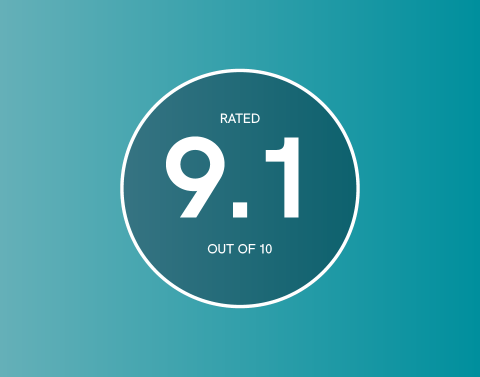Business Intelligence has been at the forefront of Gartner’s CIO Agenda for as long as I have been involved with the market, but Gartner’s key note speakers have spent 2016 declaring the death of BICC (Business Intelligence Competency Centre) and a centralised single version of the truth. Source http://blogs.gartner.com/alan-duncan/2016/03/11/the-bicc-is-dead/. In my role as a recruiter for BI I have noticed a shift in focus over the last couple of years for a number of businesses.
- So what does this mean for the businesses that have a BICC or are looking into building one? The answer is two-fold, there first needs to be a shift from trying to build a single version of the truth to building a business that can make data driven decisions. To do this, businesses have been changing the BICC to an analytics function.
- This doesn’t mean that people need to be made redundant, in fact in most places the skills will be the same, businesses still need ETL to load data into a data warehouse and reporting specialists to visualise the data. Even if they host their data in the cloud in NoSQL environments, there is more often than not areas of the business where a data warehouse is still in place. Finance, for example, seems to be resisting the pressure to become a cloud convert.
- As more organisations look to this model we are seeing a rise in new roles emerging that complement what is already present in an established BICC Chief Analytics Officer, Data Scientist, Data Visulisation Specialists, alongside the BI developers become pure analysts who can marry the technical skills with business analysis.
- In the fast pace world of BI tools, we see new products on the market all the time but the market tends to be held by a few key players.
- SQL Server, Netezza and Oracle for data warehousing
- ETL powered by SSIS, Ab initio, Informatica
- Tableau, Qlik and PowerBI lead the way still for visualisation
- Azure (HD Insight, MPP Architecture), AWS (Redshift, Aurora, EMR) for cloud hosted data
- Hadoop, Cassandra, Mongo for pure NoSQL databases
- Another important aspect of these analytics functions will be data quality, governance and MDM. Ensuring that decisions are made from accurate data is key as a decision can only be as good as the data it references and errors can be costly. We are seeing an increase in the demand for information management professionals across all sectors and not just the traditional regulated industries.
- All of this change links into the digital transformations that are going on within most businesses, shifting the focus so that we become customer focused and data driven in decision making. This really is a shift from data being part of an IT function to its own department headed by a CDO that is looking to align board level strategy and business focusses to the actual methods and tools used by their team.
- So where the main point of BICCs in the past have been in place to create descriptive dashboards and some predictive analytics, the future analytics functions are looking to work as close to real time as possible and move to the holy grail that is prescriptive analytics (source https://www.klipfolio.com/blog/gartner-takeaways-bi-is-dead-long-live-analytics#gref). Doing this will allow businesses to draw more profit from new and existing customers, automate basic business processes and decisions, as well as have a clearly defined and secure place for the company’s data, the clear benefit being less spend and more profit.
- The question is, when do businesses start to make this change and what will it mean for those that don’t react to this growing trend?
If you’re actively seeking analytics professionals or you’re an analytics professional interested in enhancing your career, please get in touch.
Alec.Dewell@ojassociates.com / 0203 815 5489
www.ojassociates.com



